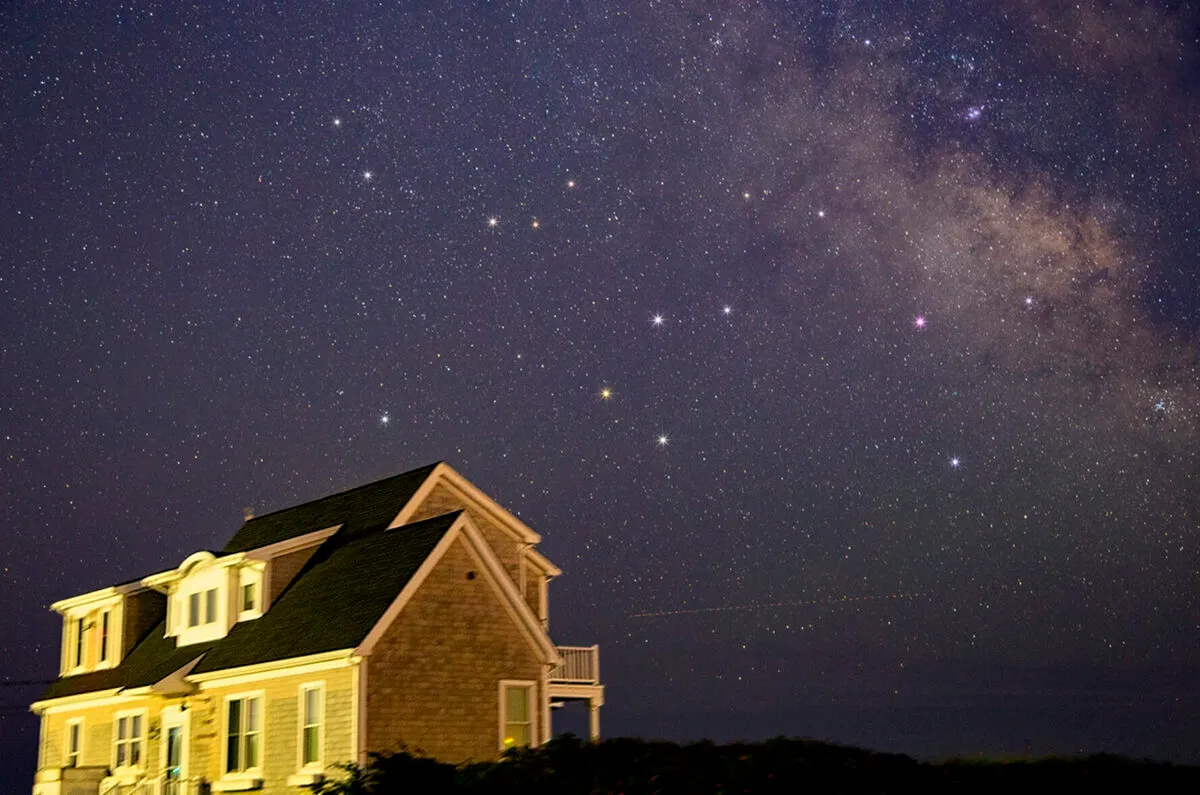Dwarf planet Ceres reaches opposition on 5 July 2024, making the end of June an ideal time to try to locate it, and you can see it pass through the Teapot asterism as throughout the summer.
Observing the night sky from the Northern Hemisphere is challenging at the moment.
With the Sun at its highest point in the sky relative to the background stars, the nights just don’t get properly dark from mid-northern locations such as the UK.
However, in late June at least they’re starting to get better, albeit very slowly.

Finding Ceres and the Teapot
In June 2024, Ceres is located in a low part of the sky in Sagittarius.
This too is a challenging pattern to see from the UK as it has a southerly declination.
In fact, we don’t get to see it properly at all, the constellation being chopped in two by the southern horizon.
One pattern that can be made out here is that of the Teapot asterism.
It gets this name because it resembles the outline of a teapot.

The best time to spot the Teapot asterism is when it’s highest in the sky:
- 01:15 BST (00:15 UT) at the end of June
- 00:15 BST (23:15 UT) in mid-July
- 23:15 BST (22:15 UT) at the end of July
Ceres is just to the southeast of the Teapot’s handle at the end of June, tracking west and into the Teapot itself, passing just to the north of Ascella (Zeta (ζ) Sagittarii) around 9 July.
For the first half of July, it shines at a binocular-friendly mag. +7.3, heading towards eighth magnitude as the end of July approaches.
Have you observed or photographed Ceres in the teapot? Get in touch by emailing contactus@skyatnightmagazine.com

